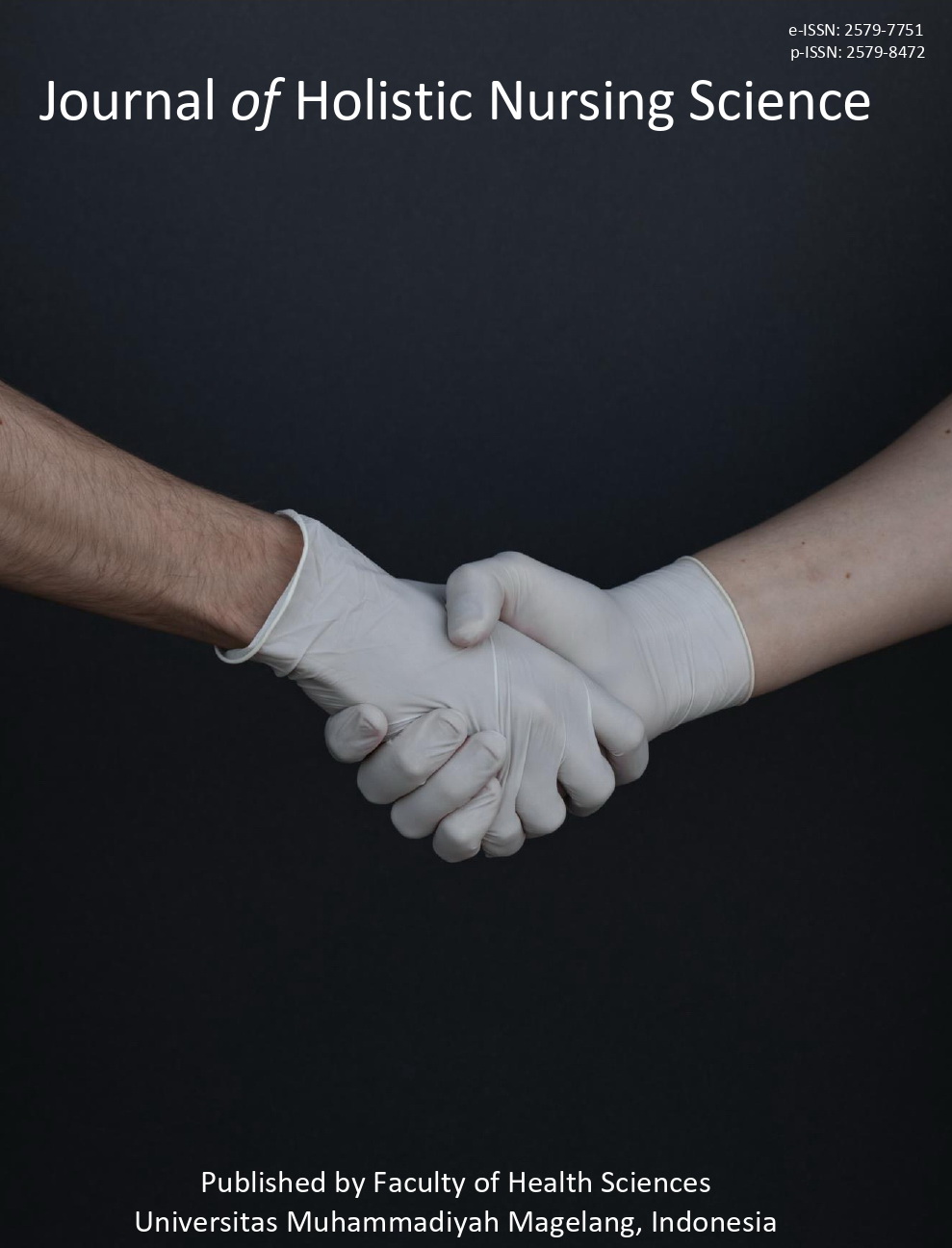A qualitative study on the experiences of hypertension patients undergoing cupping therapy
Main Article Content
Abstract
Hypertension is one of the silent killer diseases because patients often do not feel the symptoms. Therapies that are commonly applied are pharmacological and non-pharmacological therapies, which include complementary medicine. These complementary therapies play a role in promoting healing, comfort and care around the world. One of the treatments used in hypertensive patients is cupping. This study aims to explore the experiences and perceptions of hypertensive patients undergoing cupping complementary therapy. A qualitative descriptive design has been used in this study. There were 6 participants selected using purposive sampling from two clinics namely Rumah Sehat Insani and Rumah Sehat Holistik in Care. The data collection method used was in-depth interviews. Data were processed and analyzed using seven steps of data analysis based on Colaizzi. There are 4 theme findings including the description of patient perceptions related to hypertension which includes perceptions related to knowledge, causes and symptoms of hypertension; description of perceptions related to cupping therapy including unfamiliarity with the term complementary medicine, perceptions of cupping functions and types of cupping; benefits/effects of cupping felt by participants in the form of psychological effects and physiological effects; and reasons for participants undergoing cupping therapy in the form of the influence of family and friends, the influence of distance, religious factors, drug factors, and physical factors. Most participants were still unfamiliar with the term complementary medicine. The expression of positive effects experienced by participants that could be felt immediately after treatment was the reason for using cupping. This suggests its potential as part of a holistic approach in the management of this condition. The result encourage further research to validate this approach as a safe complementary treatment for hypertension.
Keywords: Hypertension; complementary therapy; cupping therapy; eastern medicine; nursing care
Downloads
Article Details

This work is licensed under a Creative Commons Attribution-NonCommercial 4.0 International License.
